What Camera Mode For Wildlife Photography ?
For wildlife photography, it is recommended to use the aperture priority mode or manual mode on your camera. These modes allow you to control the aperture, which is crucial for capturing sharp and detailed images of wildlife. Additionally, using a fast shutter speed is important to freeze the motion of the animals. It's also advisable to use a continuous shooting mode to capture multiple frames in quick succession, increasing the chances of getting the perfect shot.
1、 Shutter Priority Mode
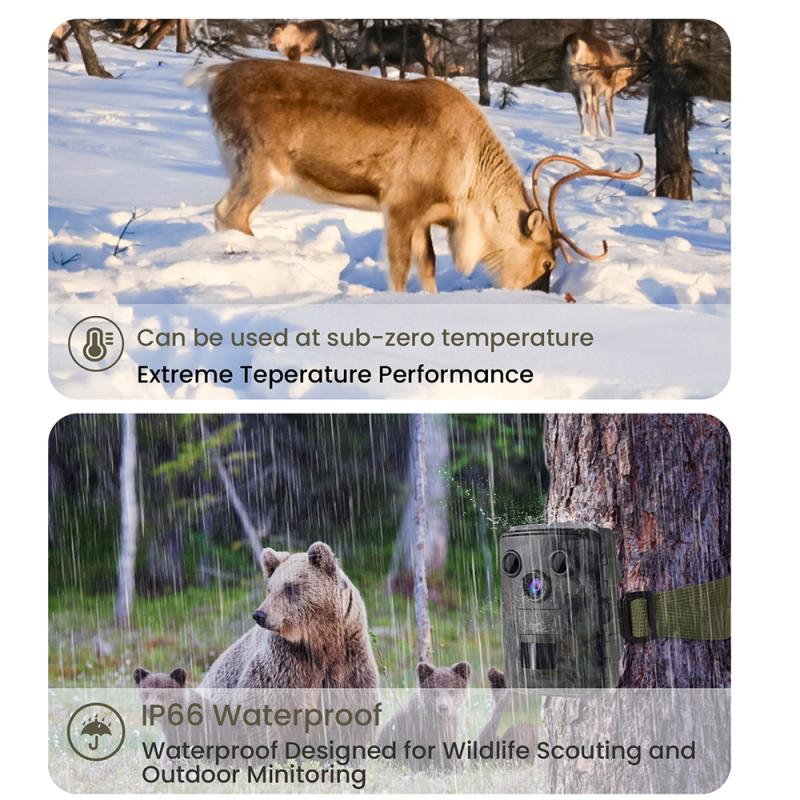
Shutter Priority Mode is a popular choice for wildlife photography because it allows the photographer to control the shutter speed while the camera automatically adjusts the aperture for proper exposure. This mode is particularly useful when capturing fast-moving wildlife, as it allows the photographer to freeze the motion of the subject.
In Shutter Priority Mode, the photographer can set a fast shutter speed to capture the quick movements of animals in the wild, such as birds in flight or running mammals. This mode also helps to minimize motion blur, resulting in sharp and clear images of wildlife in action.
From a latest point of view, Shutter Priority Mode continues to be a valuable tool for wildlife photographers, especially with the advancements in camera technology. Modern cameras offer higher ISO capabilities, improved autofocus systems, and better image stabilization, which further enhance the effectiveness of Shutter Priority Mode for capturing wildlife.
Additionally, the ability to shoot in burst mode, where the camera takes multiple shots in rapid succession, complements Shutter Priority Mode by increasing the chances of capturing the perfect moment in wildlife photography.
Overall, Shutter Priority Mode remains a go-to choice for wildlife photography, providing photographers with the flexibility to control shutter speed while ensuring optimal exposure, and when combined with the latest advancements in camera technology, it continues to be an essential mode for capturing stunning wildlife images.
2、 Continuous Shooting Mode
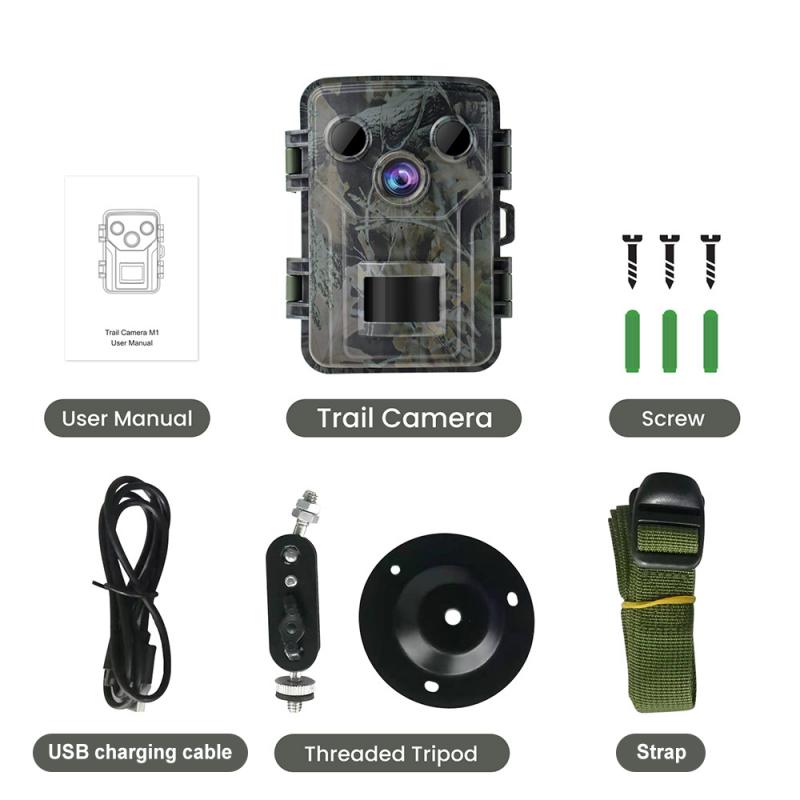
Continuous Shooting Mode is the ideal camera mode for wildlife photography. This mode allows the photographer to capture a series of images in rapid succession, which is crucial when trying to capture fast-moving or unpredictable wildlife. By using Continuous Shooting Mode, photographers can increase their chances of capturing the perfect moment, such as a bird in flight or a running animal, without missing the action.
In the latest point of view, Continuous Shooting Mode has become even more essential for wildlife photography due to advancements in camera technology. Many modern cameras now offer high-speed continuous shooting, allowing photographers to capture a greater number of frames per second. This is particularly beneficial when photographing wildlife in motion, as it increases the likelihood of obtaining a sharp, well-composed image.
Furthermore, the ability to shoot in continuous mode has been enhanced by improvements in autofocus systems, enabling photographers to maintain focus on moving subjects throughout a burst of shots. This is particularly useful when tracking wildlife in dynamic environments, such as a bird in flight or a predator on the hunt.
In conclusion, Continuous Shooting Mode is the go-to camera mode for wildlife photography, and its importance has only grown with the latest advancements in camera technology. It provides photographers with the best opportunity to capture stunning and dynamic wildlife images, making it an essential tool for any wildlife photographer.
3、 Auto ISO Mode
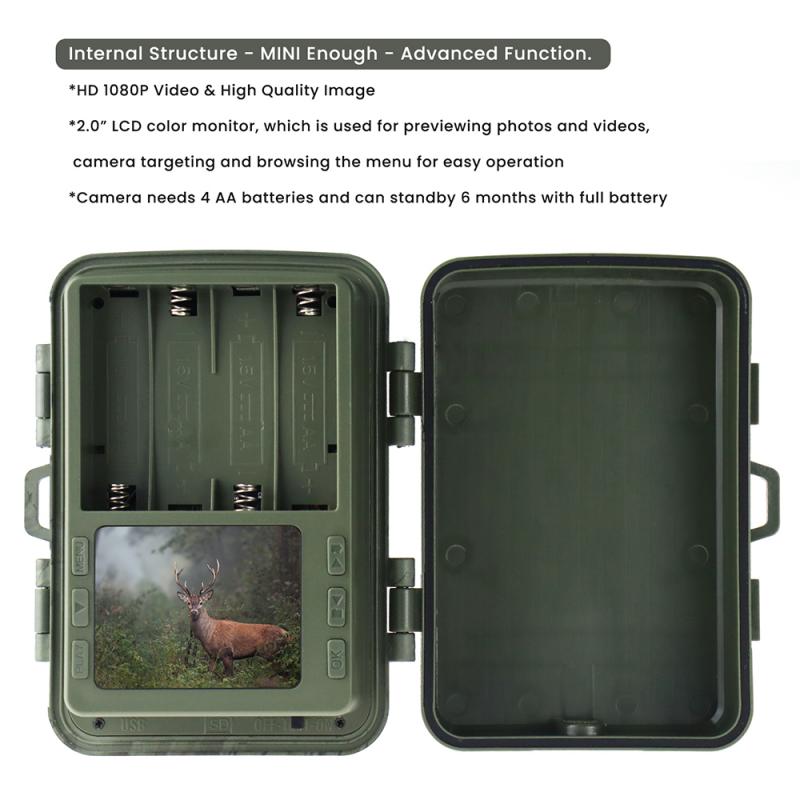
Auto ISO mode can be a useful setting for wildlife photography, especially in situations where lighting conditions are constantly changing. This mode allows the camera to automatically adjust the ISO sensitivity based on the available light, ensuring that you can capture sharp and well-exposed images without having to constantly adjust the settings manually.
In wildlife photography, where subjects are often moving quickly and unpredictably, having the flexibility of Auto ISO can be a valuable asset. It allows you to focus on composition and capturing the moment without being distracted by the need to constantly monitor and adjust ISO settings.
However, it's important to note that while Auto ISO can be convenient, it's not without its limitations. In some situations, the camera's automatic ISO selection may not align with your creative vision, leading to images that are either too noisy or lacking in detail. Additionally, in very low light conditions, the camera may push the ISO to levels that result in excessive noise.
Therefore, it's essential to understand the behavior of your camera's Auto ISO mode and be prepared to override it when necessary. Many modern cameras offer the ability to set a maximum ISO limit in Auto ISO mode, providing a degree of control over the camera's automatic ISO selection.
Ultimately, the decision to use Auto ISO mode for wildlife photography should be based on the specific shooting conditions and your comfort level with the camera's automatic exposure settings. It can be a valuable tool for capturing spontaneous wildlife moments, but it's important to remain mindful of its potential limitations and be prepared to take manual control when needed.
4、 Manual Focus Mode
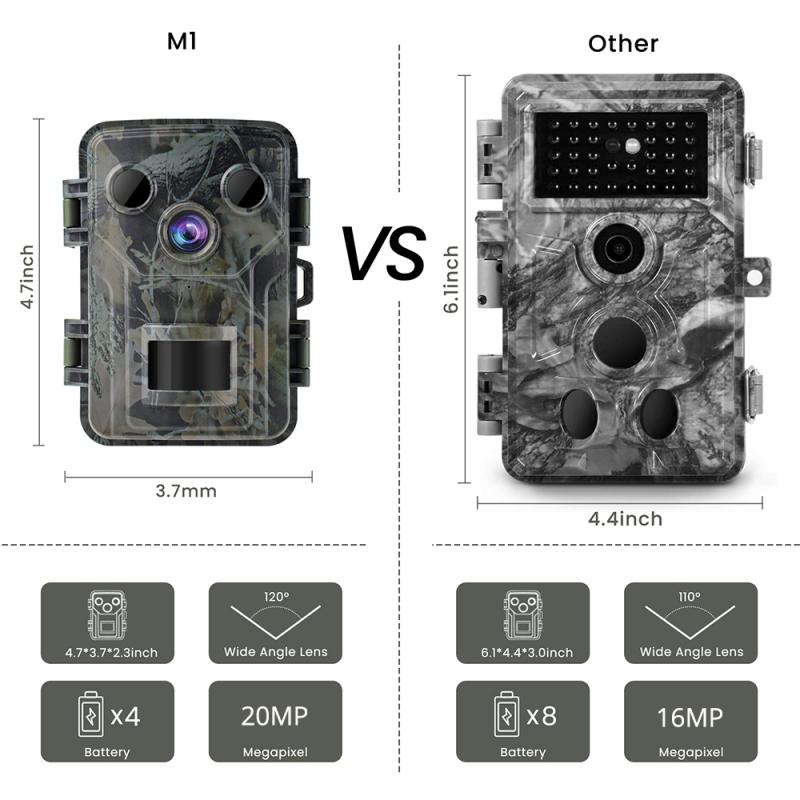
Manual Focus Mode is often the preferred camera mode for wildlife photography. This mode allows the photographer to have complete control over the focus, ensuring that the subject is sharp and in focus. When photographing wildlife, the subject may move quickly or be obscured by foliage, making it challenging for the camera's autofocus system to accurately capture the image. Manual Focus Mode allows the photographer to make precise adjustments to ensure that the subject is in focus, resulting in sharper and more detailed images.
In addition, using Manual Focus Mode can also be beneficial in situations where the background may confuse the autofocus system, such as when shooting through branches or tall grass. By manually adjusting the focus, the photographer can ensure that the subject stands out against the background, creating a more compelling and impactful image.
Furthermore, with advancements in camera technology, some cameras now offer features such as focus peaking and magnification, which can assist the photographer in achieving precise manual focus. These tools provide visual indicators to help the photographer determine the exact point of focus, making it easier to capture stunning wildlife images.
Overall, while autofocus systems have improved significantly, Manual Focus Mode remains a valuable tool for wildlife photographers, offering greater control and precision in capturing the beauty and behavior of wild animals in their natural habitats.

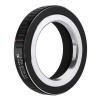







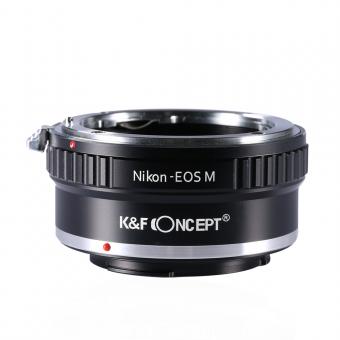


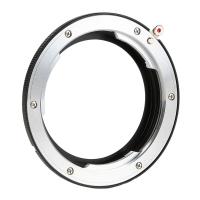


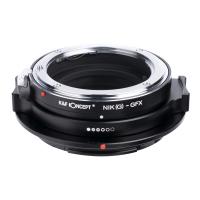



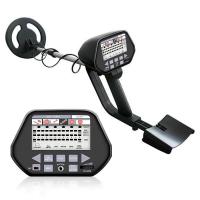

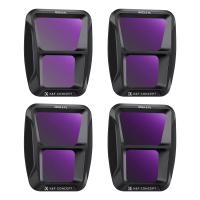


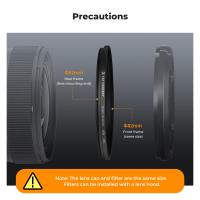


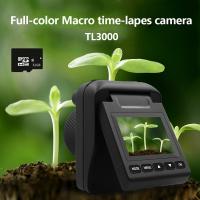



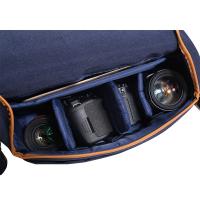
There are no comments for this blog.